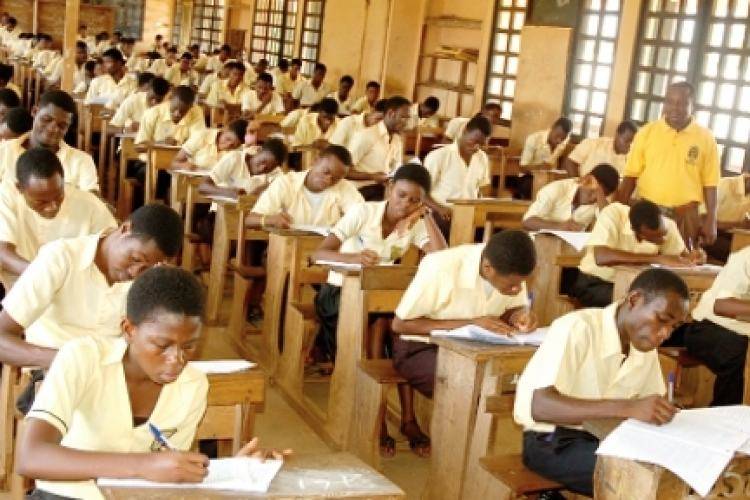GNAT Hall and School Placement: What You Need to Know
Every year, the Computerized School Selection and Placement System (CSSPS) generates intense discussion among students, parents, and teachers. The system, introduced to ensure fairness in the placement of Junior High School (JHS) graduates into Senior High Schools (SHS), uses candidates’ Basic Education Certificate Examination (BECE) results to allocate schools. In Ghana, one of the key venues associated with the process is the GNAT Hall in Accra, which has become a familiar destination for parents and students seeking assistance with school placement issues.
The GNAT Hall, managed by the Ghana National Association of Teachers (GNAT), plays a vital role during placement periods. Many parents and guardians who face challenges with the computerized placement system often troop there for support. Common issues include students not being placed, dissatisfaction with the school they have been allocated, or technical challenges in accessing the placement portal. At GNAT Hall, officials from the Ghana Education Service (GES) set up desks to attend to such concerns, providing guidance, solutions, and in some cases, helping parents with manual placement.
The manual placement process allows students who did not secure schools through the computerized system to choose from available vacancies. Though it is often stressful, it gives students another opportunity to secure admission to an SHS. This explains why GNAT Hall is always filled with anxious parents and students during the placement season.
Beyond being a venue, GNAT Hall symbolizes the strong partnership between teachers, students, and the GES. It reflects GNAT’s broader role in educational advocacy and support for both teachers and learners. The association not only provides a space for placement activities but also demonstrates its commitment to improving access to quality education.
However, the situation at GNAT Hall each year also highlights the challenges facing Ghana’s placement system. Overcrowding, frustration, and long queues point to the need for further improvements in the CSSPS. Many stakeholders argue that with more transparency, timely information, and an expansion of school infrastructure, the pressure on GNAT Hall and other placement centers could be reduced significantly.
In conclusion, GNAT Hall has become more than just a teachers’ venue—it is now a key part of the school placement process in Ghana. While the placement system has its strengths, continued reforms are necessary to ease the burden on families and ensure every child gets a fair chance at quality secondary education.


